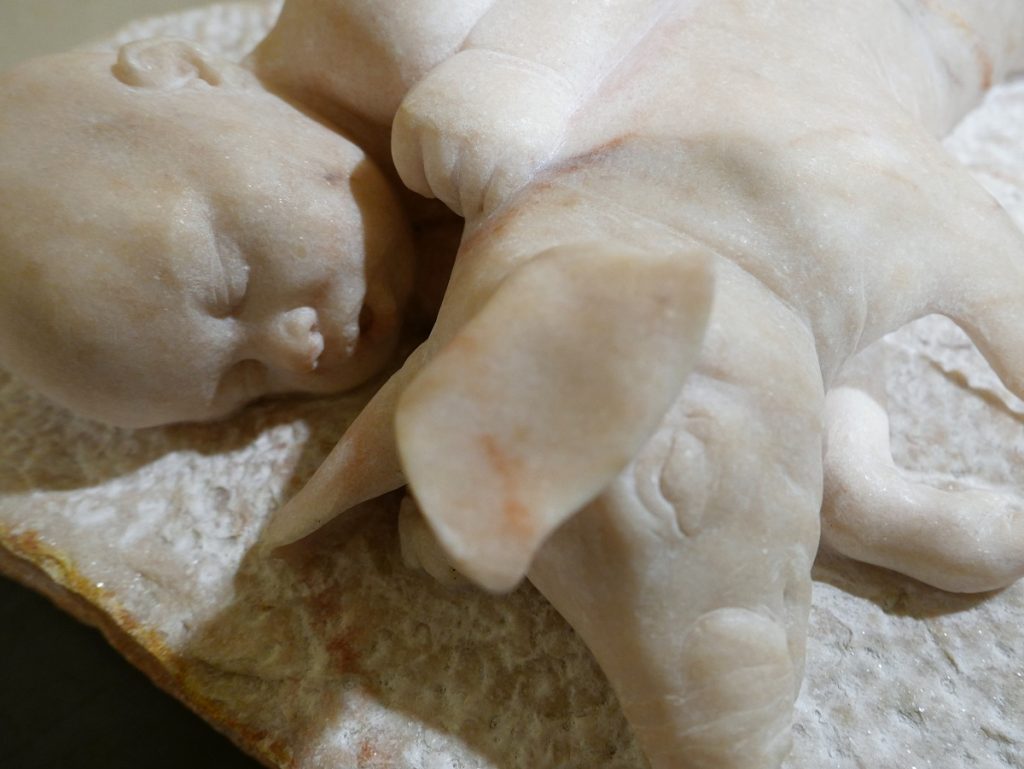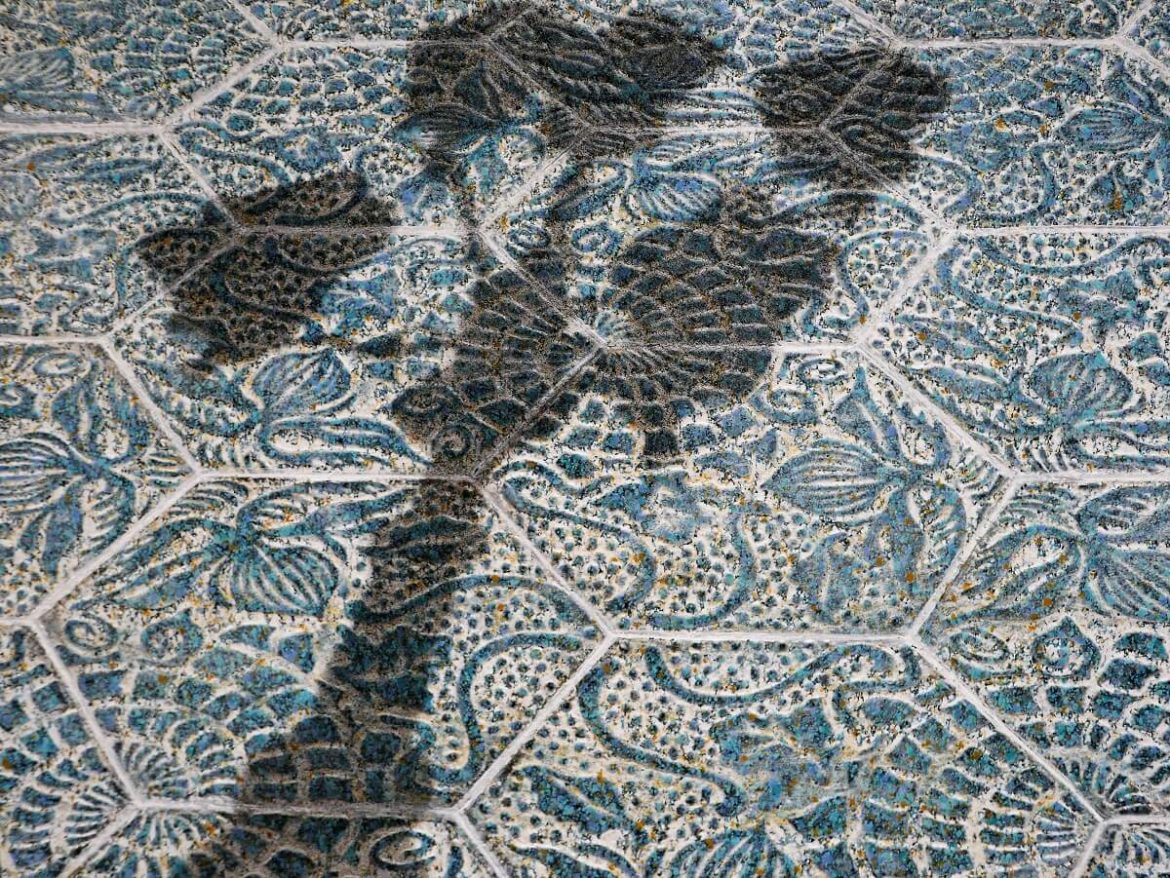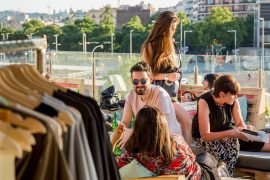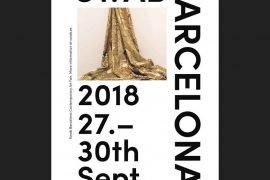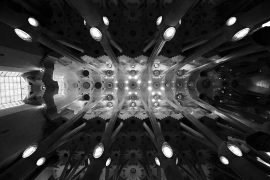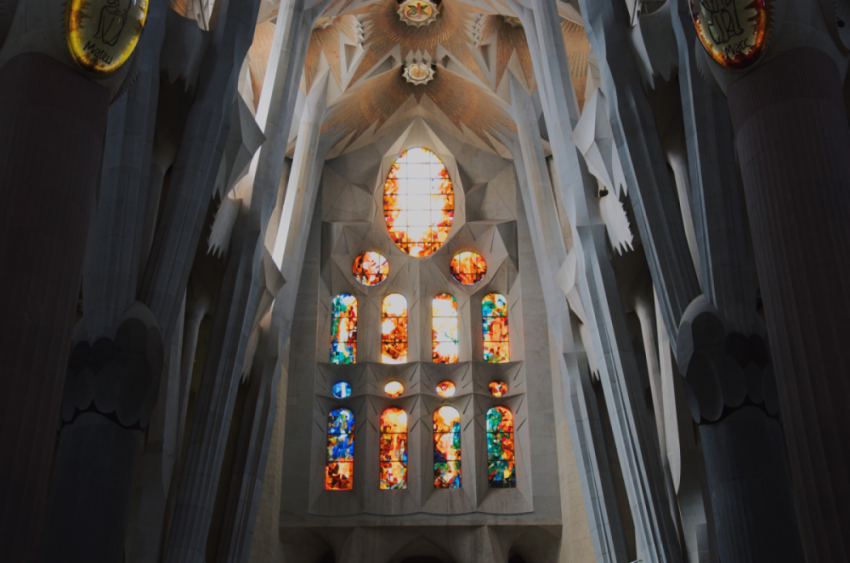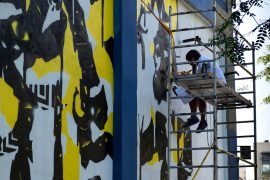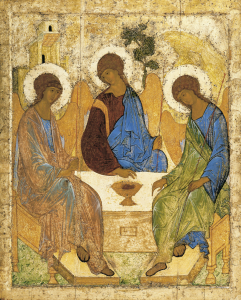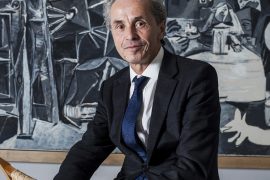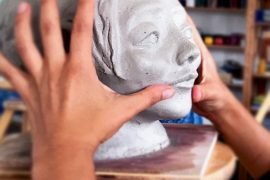As set forth by one of the artists participating in Verismo plástico: new realisms in Catalonia —an exhibition curated by Rosa Ferrer and staged at the Gran Teatre del Liceu until May 18 alongside the opera Andrea Chénier— Gonzalo Goytisolo’s statement “realism is in fact an extraordinarily elaborate form of fiction” is a true expression of principle. What is more, he is very opportune in suggesting the need for a new look at how “realist” representations are usually projected, as a pictorial or sculptural representation that is most faithful to reality. For artifice has always been inherent in art, as the legend of Zeuxis and Parrhasius illustrates: as rivals in a painting contest, it is said that one of them represented succulent berries, with which he deceived some birds —which swooped down on the fruit— while the other, the victor, won by confounding his rival. The verdict was returned at the very moment he was asked to draw the curtain from the painting so as to contemplate the work. A non-existent curtain, because the painting accurately and faithfully represented the drape, beyond which there was really nothing to see.

What is to be shown at this inspiring collective exhibition, with works by Pablo Maeso, Josep Segú, Daniel Cuervo, Gonzalo Goytisolo, the twins Josep & Pere Santilari, Josep M. Cisquella, Carlos Díaz, Neus Martín Royo, Sok Kan Lai, Gerard Mas, Efraïm Rodríguez and Gonzalo Goytisolo himself —he who is quoted above— is the different ways of representing the invisible. Invisible not because it is abstract, quite the contrary: invisible because it is excessively exposed to the eyes, as with ancient, baroque and postmodern trompe-l’œils. It is not an unsolvable paradox, that of new realism, sometimes coming under the heading of “hyperrealism.” On the contrary, with this extreme conscience, we attempt to confront the problem that inevitably accompanies vision: that we only see what we are used to as representing reality, without perceiving (in such a representation) the multiplicity of elements that enable perception itself. That which Leibniz already discerned, and transmitted via the expression of “small perceptions.”
Carlos Díaz, another of the participants in the exhibition, points out that realism should be understood “not as a goal, but as a path”
But back to our daily routine, think of the suggestive work of Josep M. Cisquella, deployed in an “organized and experimental laboratory” —recalls Conxita Oliver— that focused on “making the invisible visible and discovering the poetic background of the humble things.” His two paintings on display represent perhaps the most iconic, or at least unmistakable, symbols of the city of Barcelona: the hexagonal paving stones, a material support that decorates with deco flavour —floral and spiral motifs— the busiest modernista avenue. It may seem from a certain distance that it is a snapshot, immediately seizing an instant of reality that we all know, appealingly familiar to the gaze. When you approach the paintings, you see the surprising, aggressive, orderly pointillism that makes up the image, which is likewise endowed with relief! A complexity in three dimensions, which effectively arouses in the eye the image that the gaze seeks and completes, based on previously elaborated mental representations.
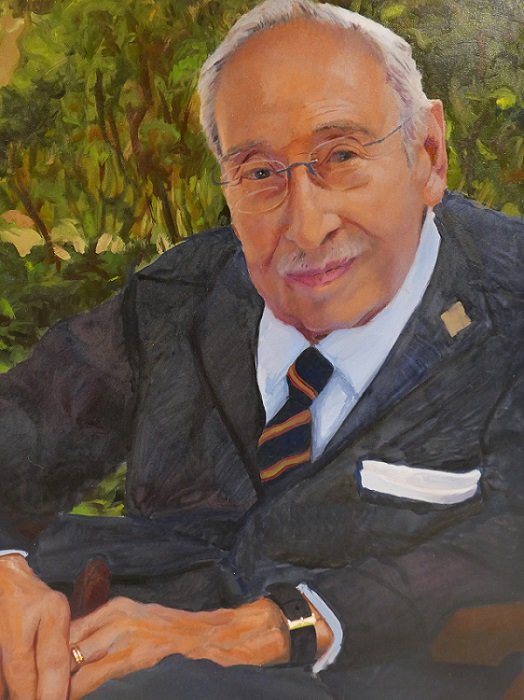
Carlos Díaz, another of the participants in the exhibition, points out that realism should be understood “not as a goal, but as a path.” It is very symptomatic that he should refer to the philosopher Martin Heidegger to recall that while reality is “invisible” to the eye, the commitment of art lies in making it appear; in first artificially refloating reality, buried under layers of representations and prejudices, the fruit of habit. Neuroscience has recently provided evidence that supports what many psychologists had discerned, with regard to mental process (and the evolutionary reasons for that information processing, in our daily lives). Far from toeing the line, the artists of modern realism wanted to break new ground, as Linda Nochlin recalled in her classic and sensational work: “When Constable said that he tried to forget that he had ever seen a picture as he sat down to paint from nature, or Monet that he wished he had been born blind and then suddenly received his sight, they were not merely placing a high premium on originality. They were stressing the importance of confronting reality afresh, of consciously stripping their minds, and their brushes, of all second-hand knowledge and ready-made formulae.”

The audacity of contemporary realism is likewise shielded from Tàpies’ criticism —undoubtedly pertinent— who in La realidad como arte (Reality as Art) denounces “the paradoxical sensation of ‘unreality’ we feel (…) before all those who in art are still locked into the realism of the classical world.” Let us consider, without leaving this marvellous exhibition, Efraïm Rodríguez’s sculptural contribution, who weighs in with two wood carvings that are commendably balanced in the representation of children’s figures, which nonetheless arouse great perplexity because of their inherent de-contextualization. As does the adorable representation in white marble that carries the title Antroporcino: in the most noble and “classical” material to be conceived, a human pup of barely a year and golden proportions rests sweetly, lying next to a well-formed pig, of similar proportions.
